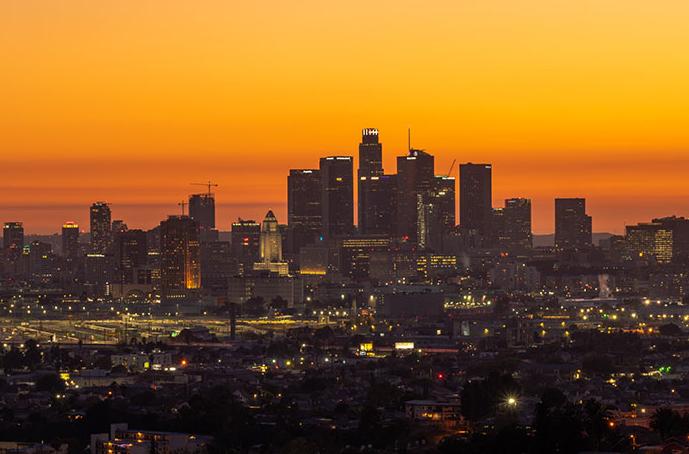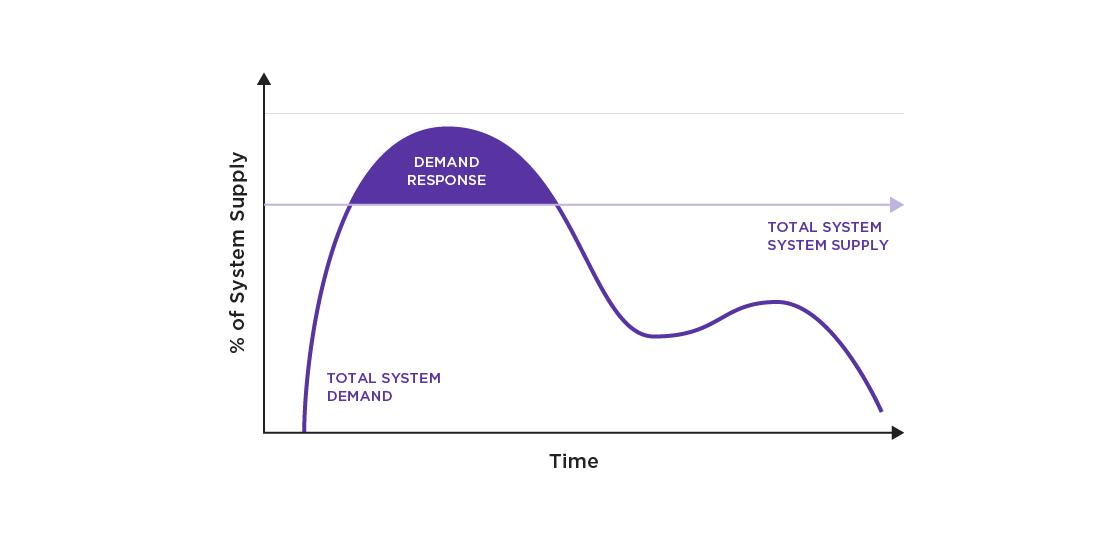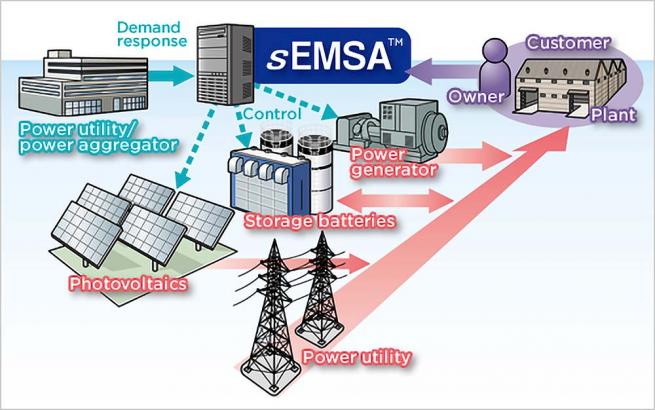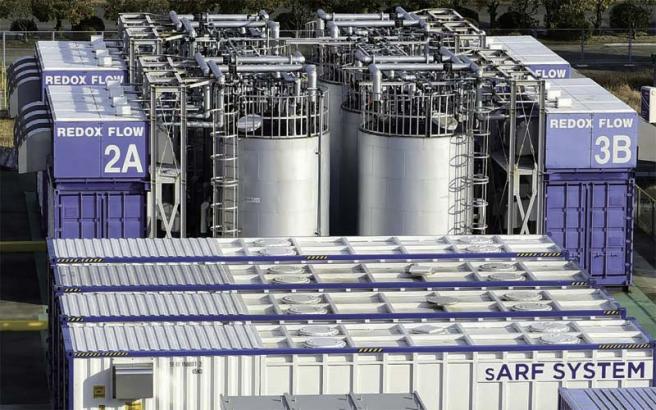
Power Risk Demands
a Real-Time Response
What Happened in California in August 2020
In the U.S. in August 2020, California was hit by a historic heat wave. Power demand surged, and wholesale electricity prices skyrocketed. The unsustainable balance between supply and demand became a major factor behind California’s rolling blackouts that summer. We looked into the growing risk in California and in other areas where large amounts of solar power or other renewable energy are being utilized. “Demand response” is seen as a key countermeasure to help avert these kinds of power crises.
Why Did These Large-scale Rolling Blackouts Occur?

As the utilization of renewable energy keeps growing, a new problem has emerged. As generation capacity from renewable energy sources fluctuates depending on weather conditions and time of day, inconsistencies in power supply have become unavoidable. Another complicating factor is that power demand also changes throughout the day, without regard for the available supply. Consumer demand tends to go up in the evening as more people are at home using lights and appliances, and solar power doesn’t really help to meet this demand. Ongoing mismatches between supply and demand have been one of the risk factors for power crises like the one in California that resulted in rolling blackouts.
How Can Demand Response Change
Instability into Stability?
Is there any way to increase utilization of renewable energy without risking large-scale power crises? One key to this is an approach called demand response. It is based on the realization that the generation capacity for electricity from renewable energy sources can change dramatically over a short period of time. Therefore, it becomes clear that trying to adjust the supply to meet demand is simply not going to work. This spawned an entirely new question. If we can not adjust the supply as needed, can we find ways to adjust demand to match the available supply? Demand response was born from this fundamental shift in thinking. The idea is to curtail demand by reducing electrical usage when supply is limited to achieve a workable balance between demand and supply. That is demand response, or DR, and this new approach has been gaining attention.

Sumitomo Electric Supports
Optimal Demand Response
Sumitomo Electric has been working on ways to stabilize electrical grids that are utilizing renewable energy. Early in the last decade, we began developing and promoting products and systems for demand response. We conducted a demonstration test in 2015 using an energy management system that we developed. The goal was to adjust the balance between demand and supply by having customers reduce usage and/or add power from self-generation when it was needed to create a surplus of power. Our system successfully monitored and managed solar power generation, battery storage systems and generators in an integrated way, allowing for real-time adjustments to meet demand response requests.
Developing Comprehensive Energy Management Systems, Starting with Demand Response
Sumitomo Electric has a variety of products and systems that support implementation of demand response programs for homes, factories, and commercial facilities. We are a solution provider serving a wide range of industries, such as automotive technology, IoT, and AI. Taking advantage of the synergistic strengths of our group companies, we can develop and provide suitable demand response solutions to meet the needs of customers. Our systems can include EVs and a wide range of facilities and can even be expanded into community energy management systems, or CEMS. We are striving to help create a renewable energy society through demand response and other innovative solutions.


